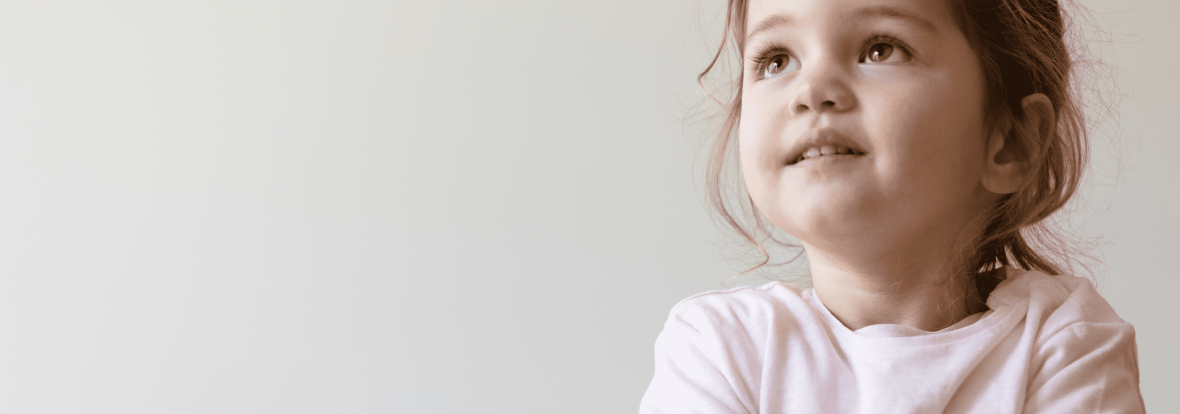Why Isn’t My Child Talking Yet?

Understanding Early Language Development Through Neuroscience and Respectful Education
One of the most common concerns parents share is: “My child isn’t talking yet, should I be worried?”
At Blossom, we want to reassure you: Speech development is not a race. It’s a journey that unfolds uniquely for each child, guided by brain readiness, environment, and emotional security.
🧠 What Neuroscience Tells Us
Long before children say their first words, their brains are quietly absorbing thousands of words through hearing and interaction. In neuroscience, we call this the “serve-and-return” dynamic, when an adult speaks and the child responds through gestures, eye contact, cooing, or babble.
These small, repeated exchanges form the neural pathways that support speech, comprehension, and communication.
Delays in speech do not necessarily mean something is wrong — they often reflect a different pace of brain development, especially in multilingual environments or for children who are more focused on movement, observation, or emotional expression.
🌱 The Right to Develop at One’s Own Pace
As highlighted in The Book of Sustainable Education, recognizing the child as a subject of rights means honouring their individual rhythm, including the pace at which they communicate.
This also connects to education in freedom: allowing children the space and time to express themselves in their own way, without pressure, comparison, or judgment.
🏫 What We Do at Blossom Nurseries & Preschools
Our language-rich environments are designed to nourish communication skills from birth, not just through talking, but through listening, observing, and responding meaningfully. Here’s how we do it:
- Responsive Language Throughout the Day: Educators speak slowly and clearly during all daily moments - from diaper changes to playtime - describing actions, emotions, and objects in real-time.
- Repetition and Rhythm: Storytelling and reading, Songs, rhymes, and stories are repeated often. These patterns build memory, vocabulary, and a love for language.
- Freedom to Express: We follow the child’s cues, allowing them to engage when ready. Some children gesture, others babble, every form of expression is valid and acknowledged.
🏡 Home Tip: Turn Your Day into a Language-Rich Experience
One of the simplest and most powerful ways to support your child’s language development is to narrate your day.
Try this:
“I’m folding your shirt. Now I’ll put it in the drawer. Look, here’s your red socks! One, two…”
Repetition is your best friend. Even if your child doesn’t respond right away, they’re learning the rhythm and meaning of language through your voice, expression, and tone.
You can also:
- Sing the same song each morning during breakfast.
- Describe actions as you do them together.
- Use the same phrases before key routines (like nap time or bath).
🌍 A Sustainable View of Communication
Communication isn’t only about words - it’s about connection. When children feel seen, heard, and understood in their own time and way, they develop confidence, curiosity, and the desire to engage with the world.
That’s the essence of a sustainable education: nurturing each child’s potential with patience, presence, and respect for their unique path.
At Blossom, our educators foster this approach through thoughtful language enrichment, helping every child grow in their communication journey. Let’s celebrate the quiet moments, the babbles, the eye contact, and the long silences - because they are just as meaningful as first words.












Blossom Nusery
December 19, 2025